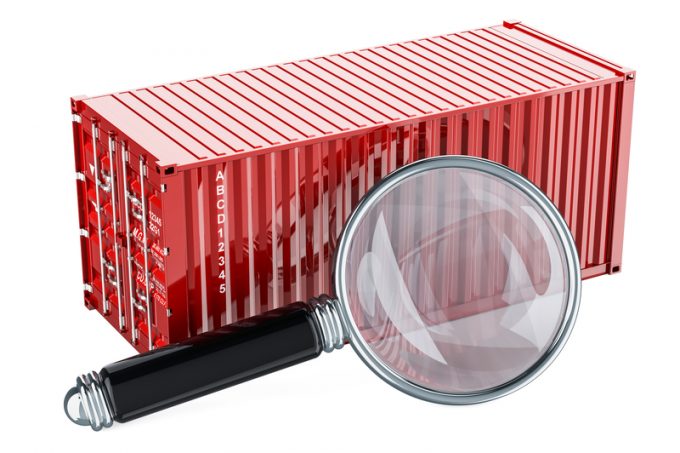Nexxiot partners with project44 and plans a cargo-tracking ecosystem
Nexxiot, which makes container tracking systems, has entered a partnership with supply chain visibility platform ...

What is visibility?
Supply chain visibility refers to the ability to track and trace every shipment from its origin to its final destination in real-time or near-real-time. Container visibility specifically tracks the location, and estimated time of arrival of shipping containers.
This tracking encompasses the entirety of ...

Comment on this article